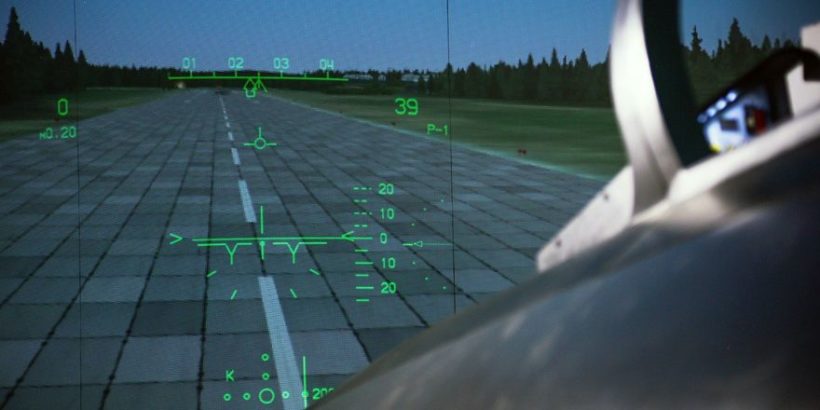Sukhoi Design Bureau used the Su-35 and Su-57 aircraft to develop the principles and successfully introduce the integrated architecture for airborne equipment complexes with a central information and control system. The experience gained has made it possible to transition to development of airborne systems based on a network architecture. This had paved the way for the transition to a new qualitative level in solving functional tasks and intellectualization of the aircraft systems.
It was during the development of the Su-57 that the pilot’s intellectual support tasks were specified, although their elements were already present in the aeroplanes of the previous generations. It included groups of tasks to be performed automatically at all phases of flight, especially in the application phases against the background of dynamically changing environment. Intelligent support consists of providing the pilot with the necessary recommendations on the use of aerial weapons, group actions, overcoming the air defence system and aircraft defence. It also provides automatic control of modes of airborne systems with reconfiguration of the complex in case of failures of its individual elements.
Three main components of the process can be singled out in the area of aviation complex intellectualization. First of all, this is the introduction of new functions of the airborne equipment complex. They allow to increase aircraft fighting characteristics, reduce intellectual and informational load on pilot while performing control and management operations, provide him with additional tools of informing, estimation and forecasting of situations.
The peculiarity of these tasks is that they must be solved under some uncertainty of input data which describe current situation (external tactical, navigational and internal technical) in the presence of random influences of external environmental factors. One example of such tasks is object recognition, which is now successfully solved by neural network technologies.
In addition, it has become possible to apply a new, more sophisticated mathematical apparatus. Previously, with certain limitations on the resources of on-board computing facilities, somewhat simplified mathematical models could be used, limitations were imposed and assumptions were made. At present, new on-board computers make it possible to remove these limitations and implement more complex and resource-intensive algorithms.
As for artificial intelligence, it is a broad concept. We use the term carefully. More often, we use the term «artificial intelligence technology». Such technologies could include neural network technologies, expert systems, and fuzzy logic.
There is another problem with installing AI on aircraft. Artificial intelligence implies, among other things, self-learning. It is possible to do this on a single prototype. But when it comes to serial production, the question arises as to whether the level of self-learning of each system complies with the customer’s specifications. And how to carry out the acceptance of such equipment. So far, there are no regulations governing self-learning systems. Therefore, artificial intelligence in its pure form on an aircraft is not a matter of the near future.
